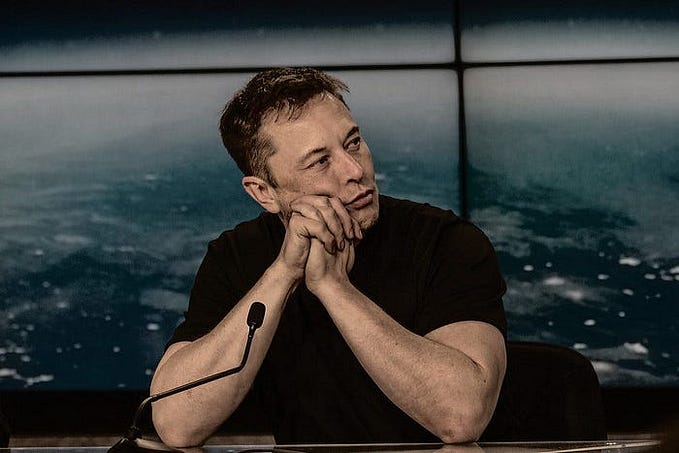Stepping Out Into The Unknown

Today is the day to design my portfolio for the ideal company I’d like to work for, and I’ve zeroed in on my top pick, Cribl:
My goal is to create designs that feel like a journey to Mars for them, addressing their specific needs to drive meaningful change and enhance their visibility.
What’s Next?
More homework, actually. I need to understand what the company desires. Luckily, their job description is detailed enough to eliminate much of the guesswork. To tackle this, I’ll apply design thinking methods to their capability wishlist with the help of ChatGPT.
I’ve categorized their desired qualities using Simon Sinek’s ‘Why, How, What’ approach based on the job description:
Important WHY Items: Product cohesion stands out as the most crucial element. This will be my primary focus.
Important HOW Items: I’m combining ‘Collaborative’ with E2E Initiatives into one category. Done.
Important WHAT Items: Communication and skills are key. To achieve cohesion and effective collaboration, strong communication and technical skills are essential.
With these insights, I’ve identified three core themes for my portfolio: Cohesion, Collaboration, and Communication.
Next Steps:
To align my brand with theirs, I need to showcase how I’ve demonstrated these themes in my past work using tools like Figma, prototyping tools such as InVision or Axure, and my knowledge of HTML, CSS, and JavaScript.
How Will I Do This?
Well, first — I wanted to find a strong verbal anchor to align my brand to theirs and did this by playing around with words in ChatGPT. Ultimately I landed on this:
Charting Product Design Across Spheres of Industry
Now that I have my mission, I wanted to find a strong visual anchor by finding existing artwork on Adobe Stock:

I picked these because Cribl sounds like crib, they are a data enginer, and are super playful. This look fulfills that identity in my mind whole connecting to my brand of Luna Charta while using a color close to theirs. I opted for this heavier visual:

Before potential employers can view my work, they need to find it. I’m in the process of rebuilding my portfolio, starting with the main page and its sections. I’ve crafted my mission statement and outlined my process, informed by industry experts and researchers at MIT.
I think the world is ready to transcend Design Thinking and I want to communicate that through a mixture of mixed methods that partly comprise Design Thinking with computational approaches that encode its spirit to algorithmically achieve intelligent responses to natural human emotion. This can be accomplished by researchers I’ve come across at Truist Financial Services (Dan Schantz and Dan Mauney). Their umbrella process evolves the concept of the design sprint into a much more cohesive product development research methodology.
I believe this can be combined with original research from Rosalin Picard’s Affective Computing Group.
This fusion is presented graphically below. It will take a lifetime to perfect this but here is the first visual instantiation:

I’ve created sections in my portfolio that align with what the company likely wants to see, including timelines for when examples will be available.

I’ve tried to put a primary, secondary, and tertiary button style associated with the qualities my target company has listed in the job description so they can actionably see real things I’ve done that prove my experience.
I’m exhausted, but I’m determined. While I might not finish the next portfolio section and move to Richmond tomorrow, I will share this article and reach out to someone from the company via LinkedIn, perhaps someone from HR, to let them know I’m submitting my application this week and have carefully tailored my portfolio. Smart job seekers customize their resumes and cover letters; I’m going further by adapting my entire portfolio for this opportunity. I’m prepared to embrace feedback and refine my approach for future opportunities. To exude that, I’ve put a very inspiring video from a Navy Seal named Jocko:




